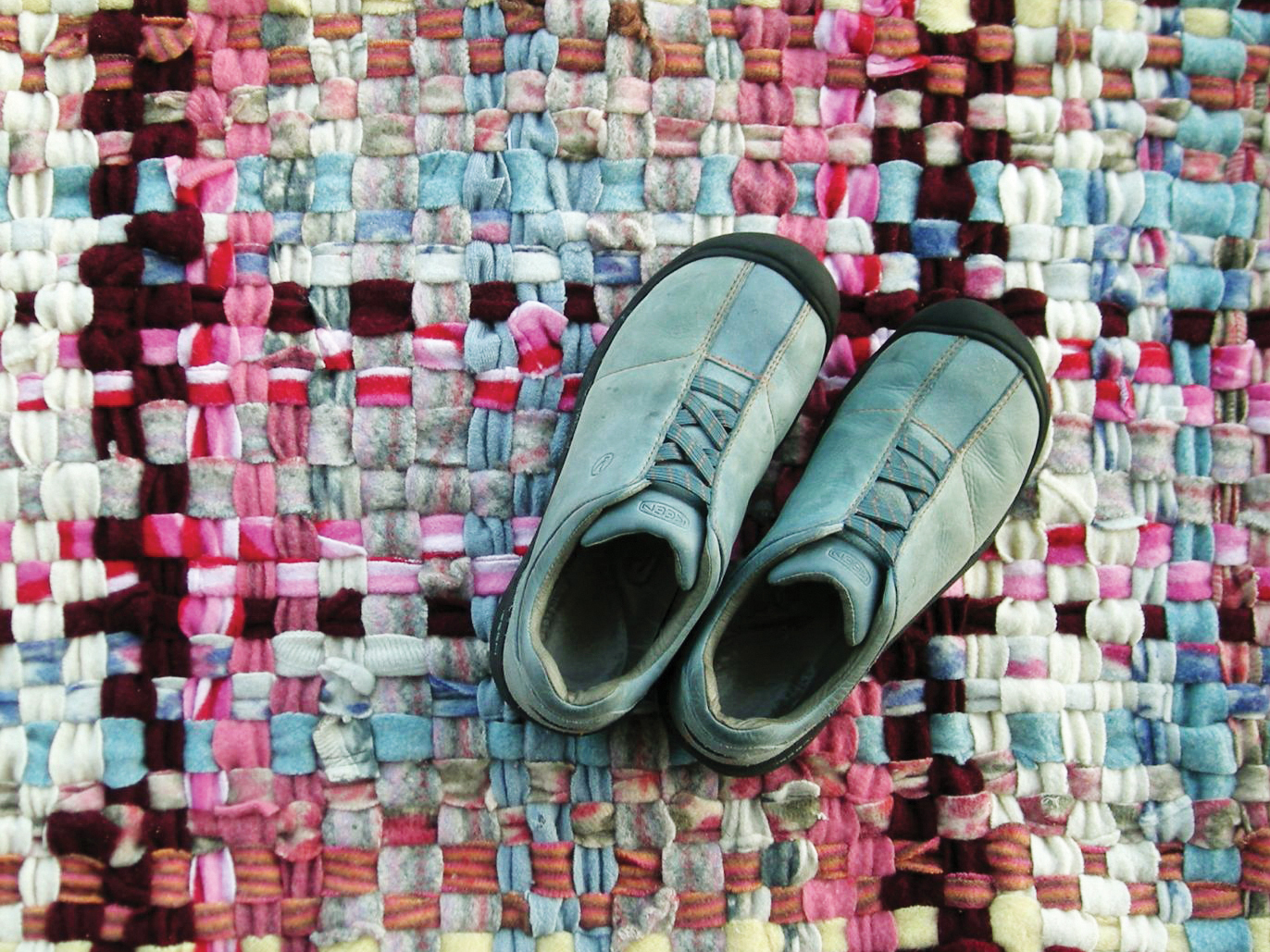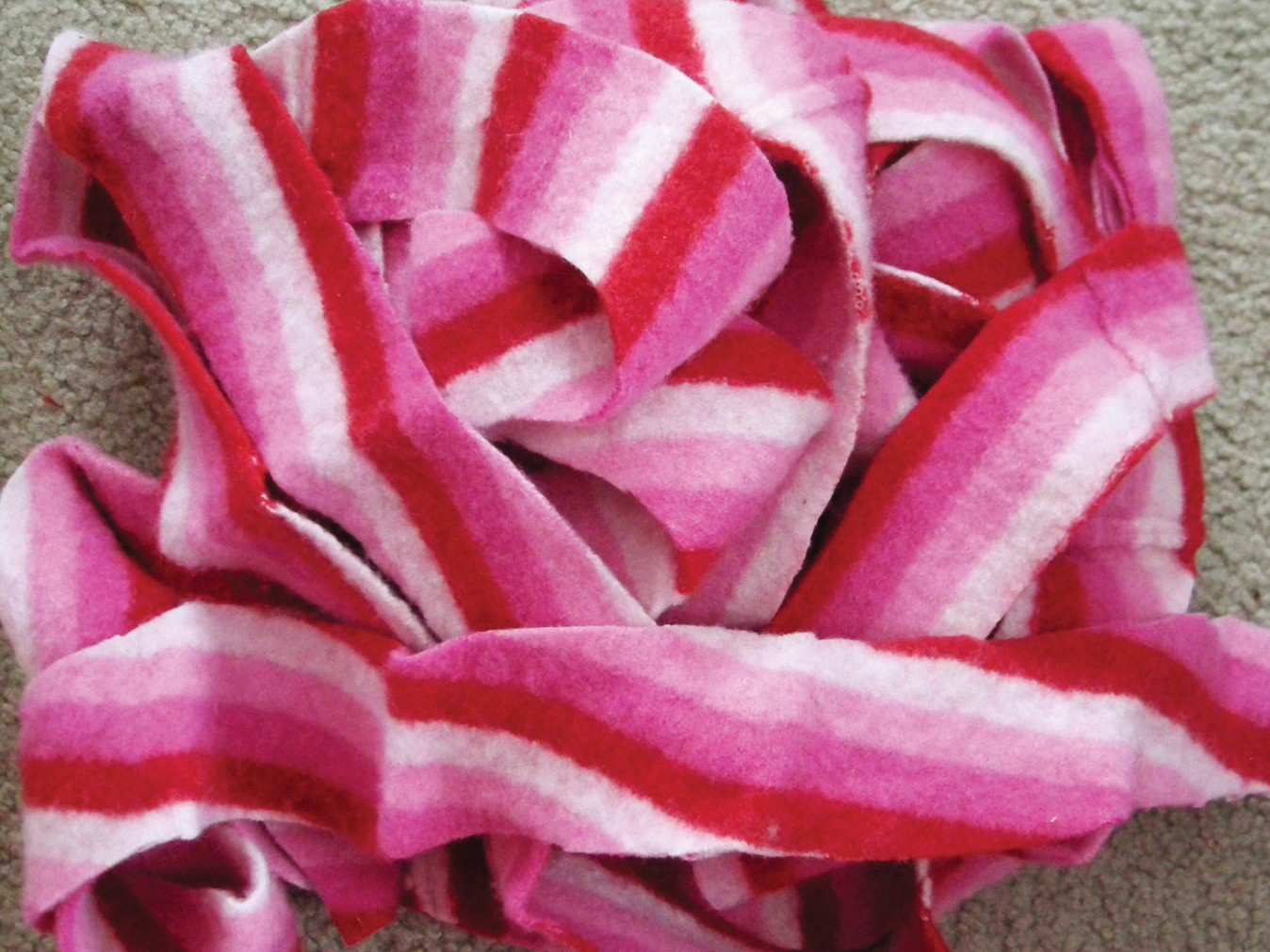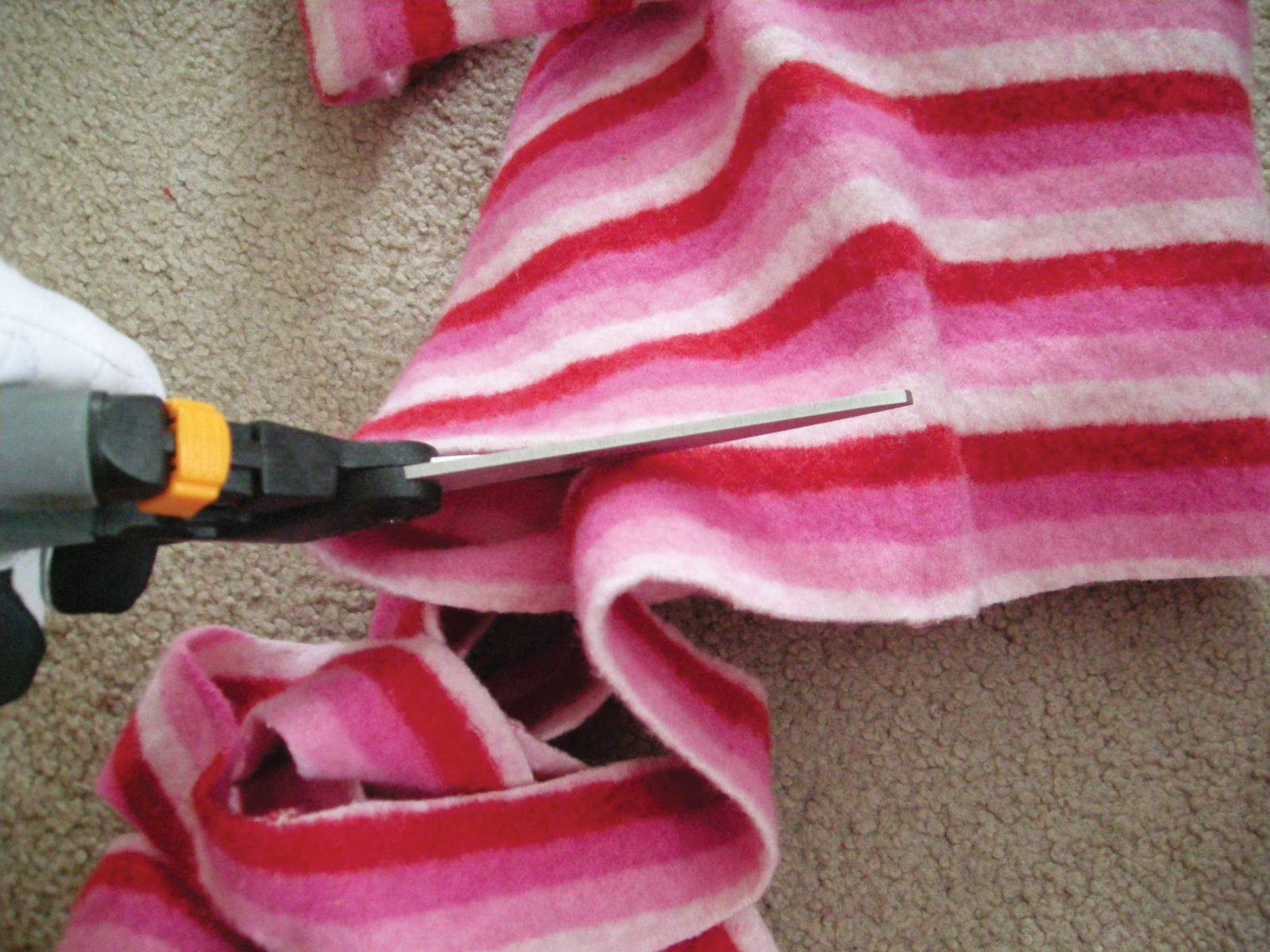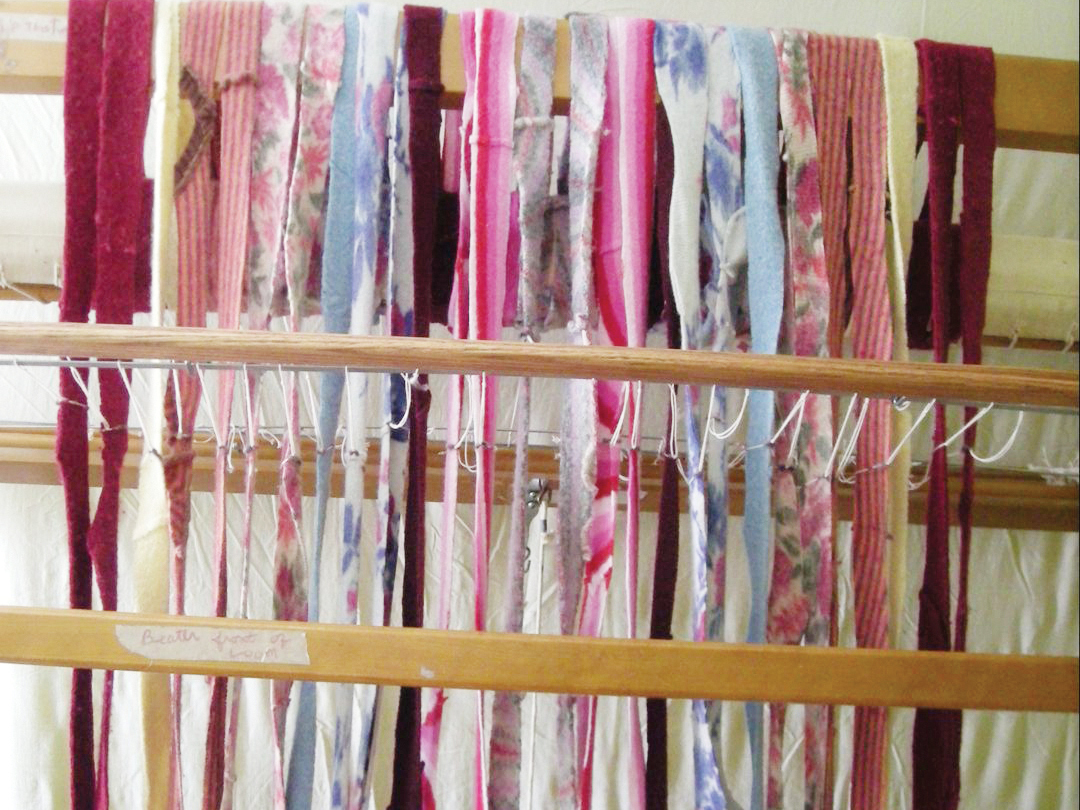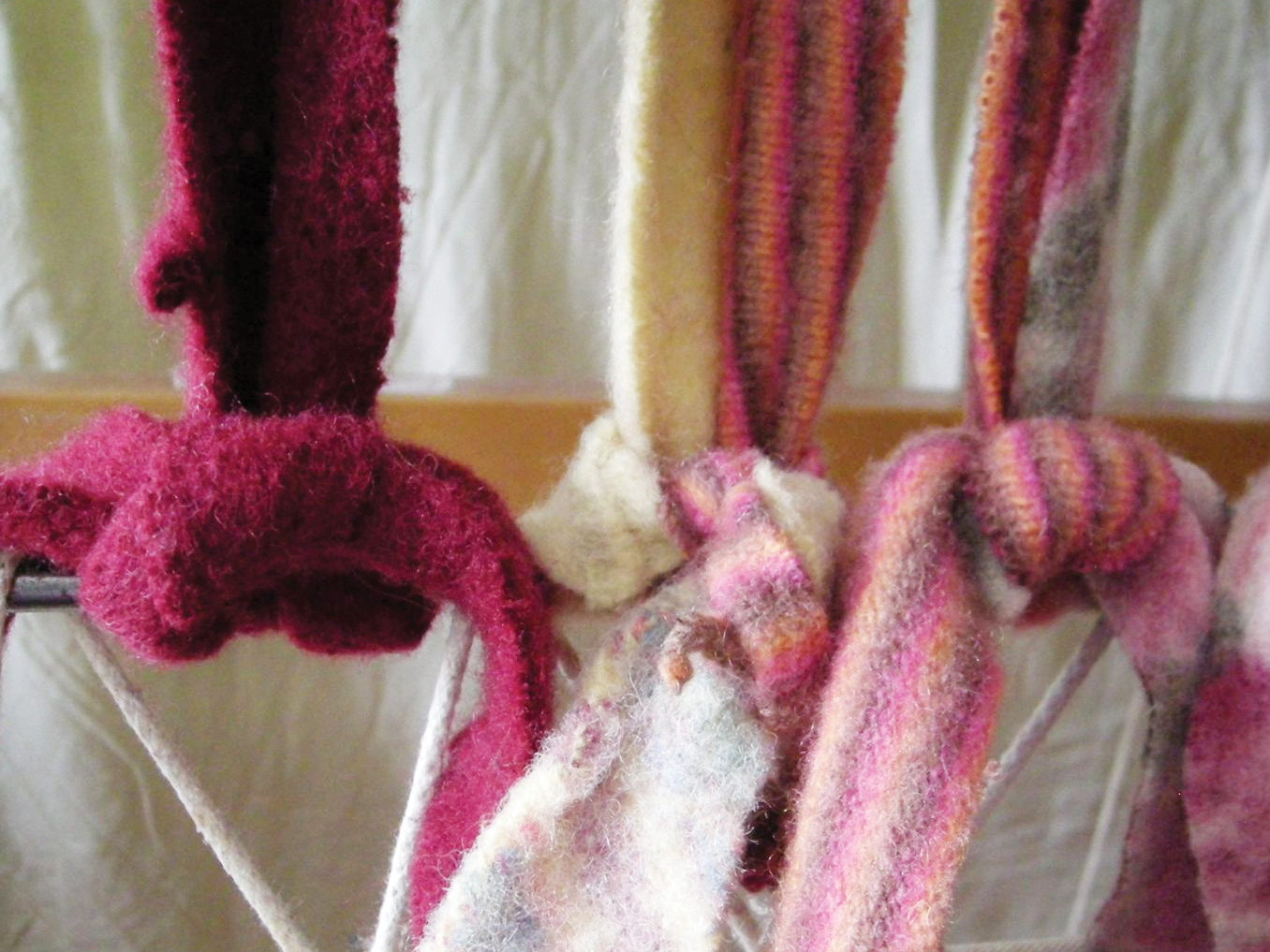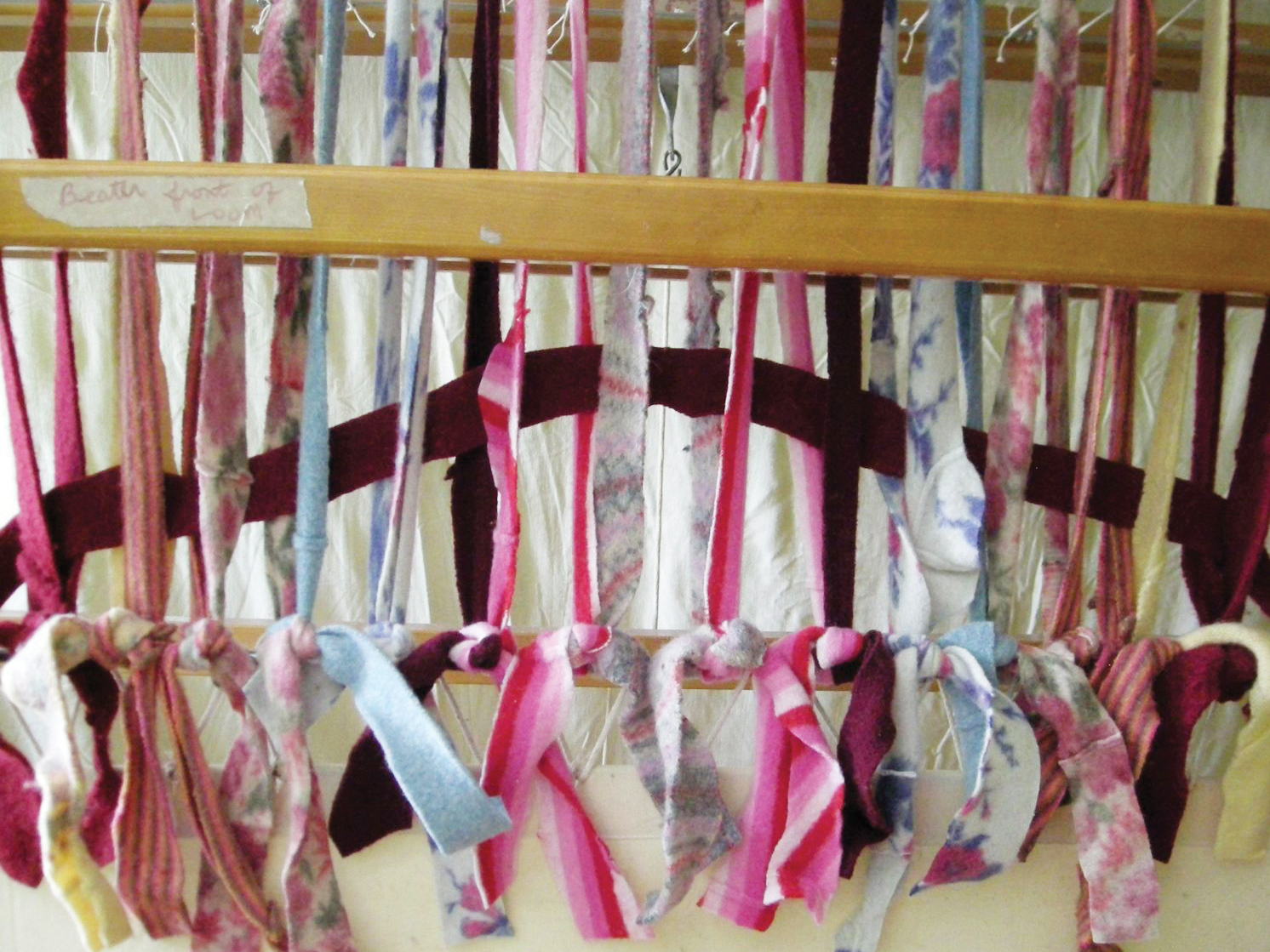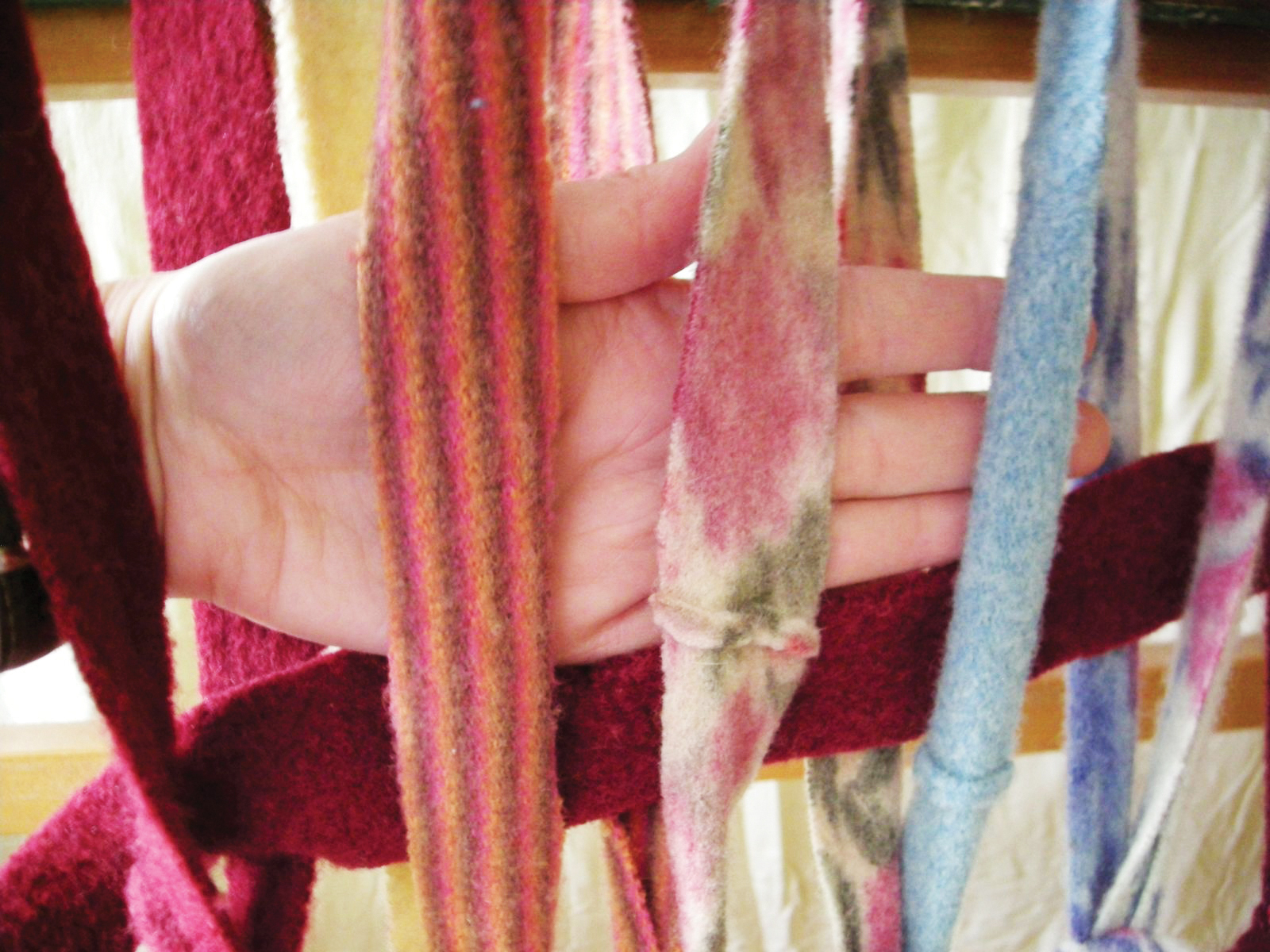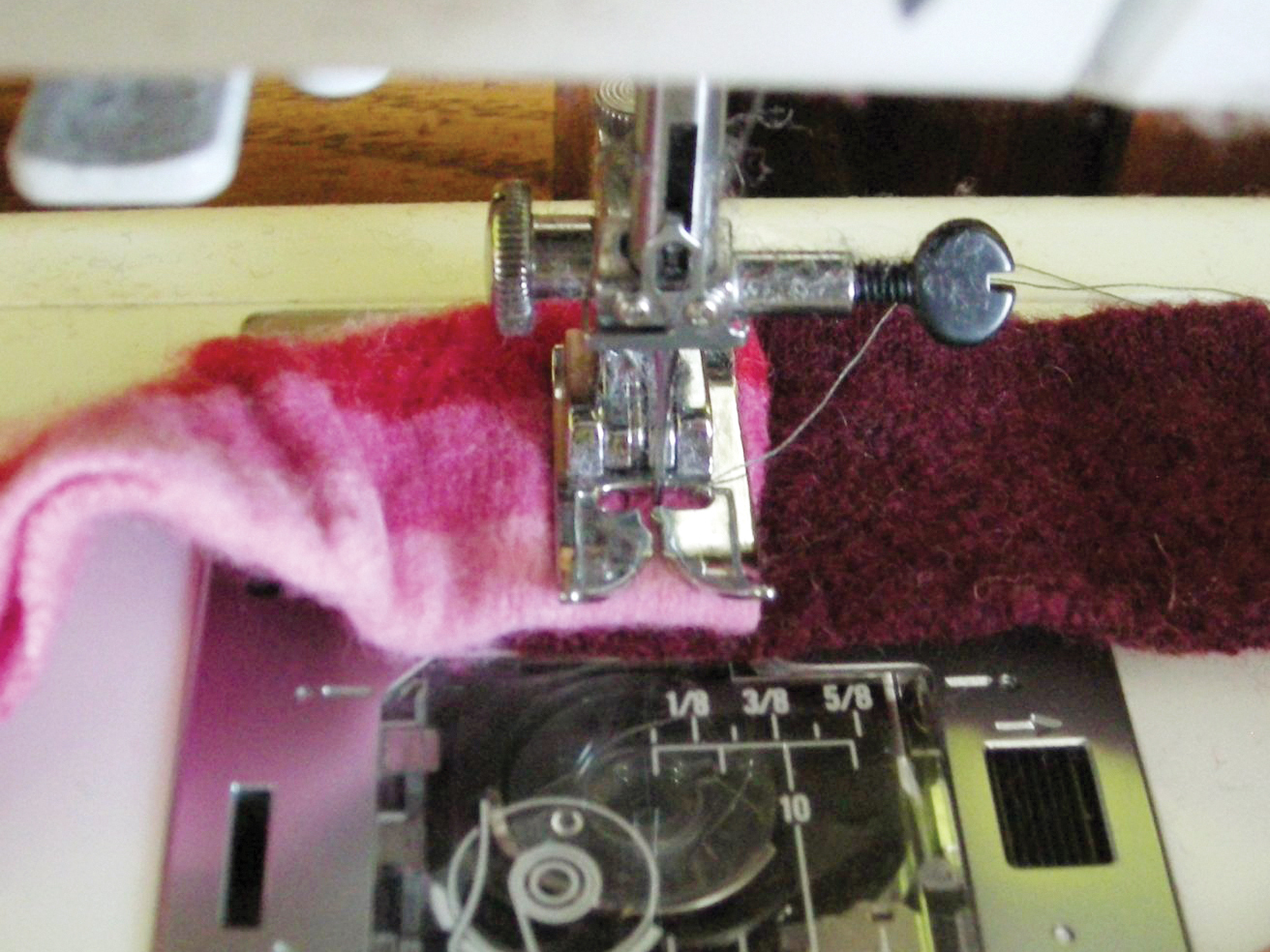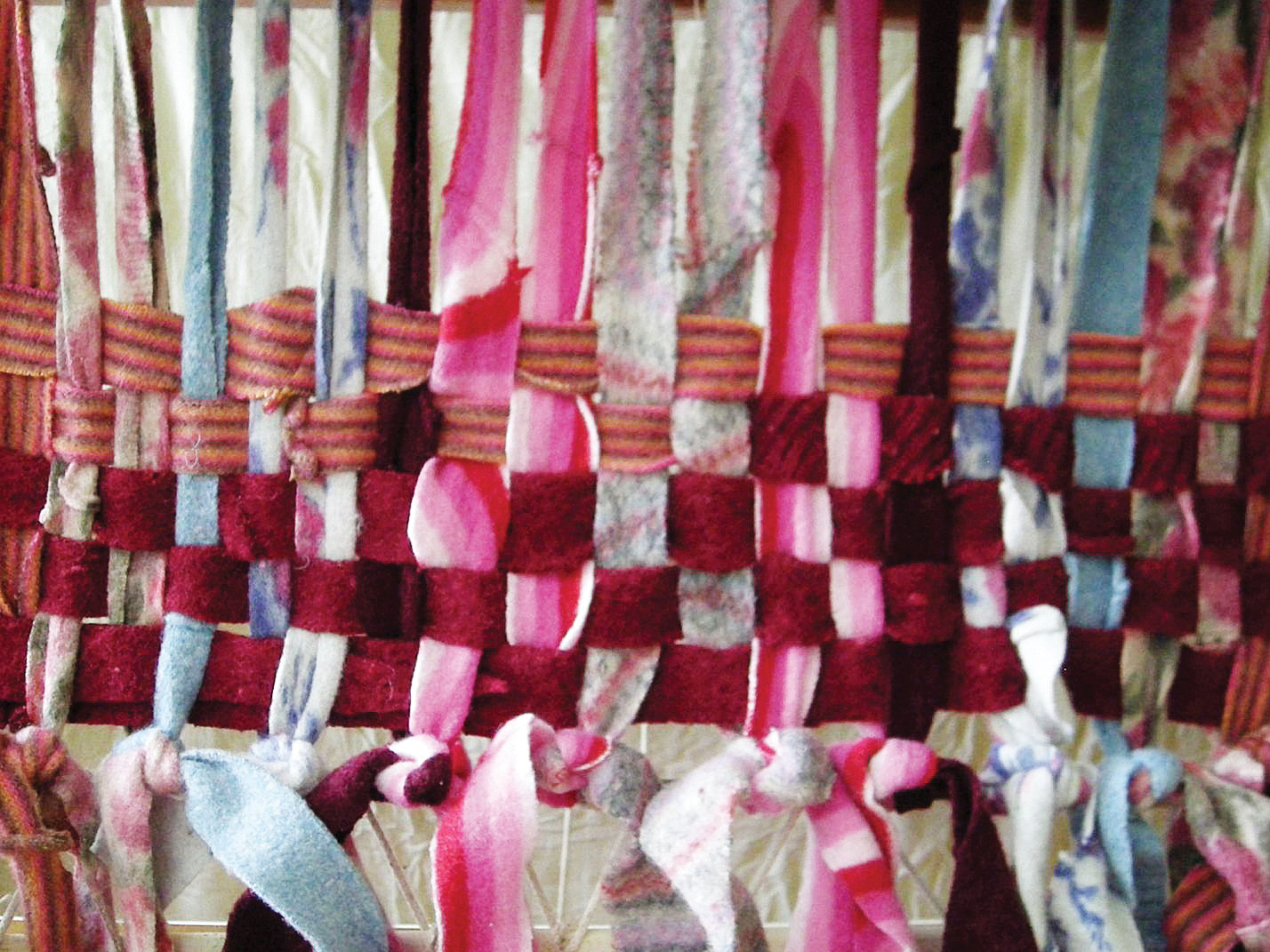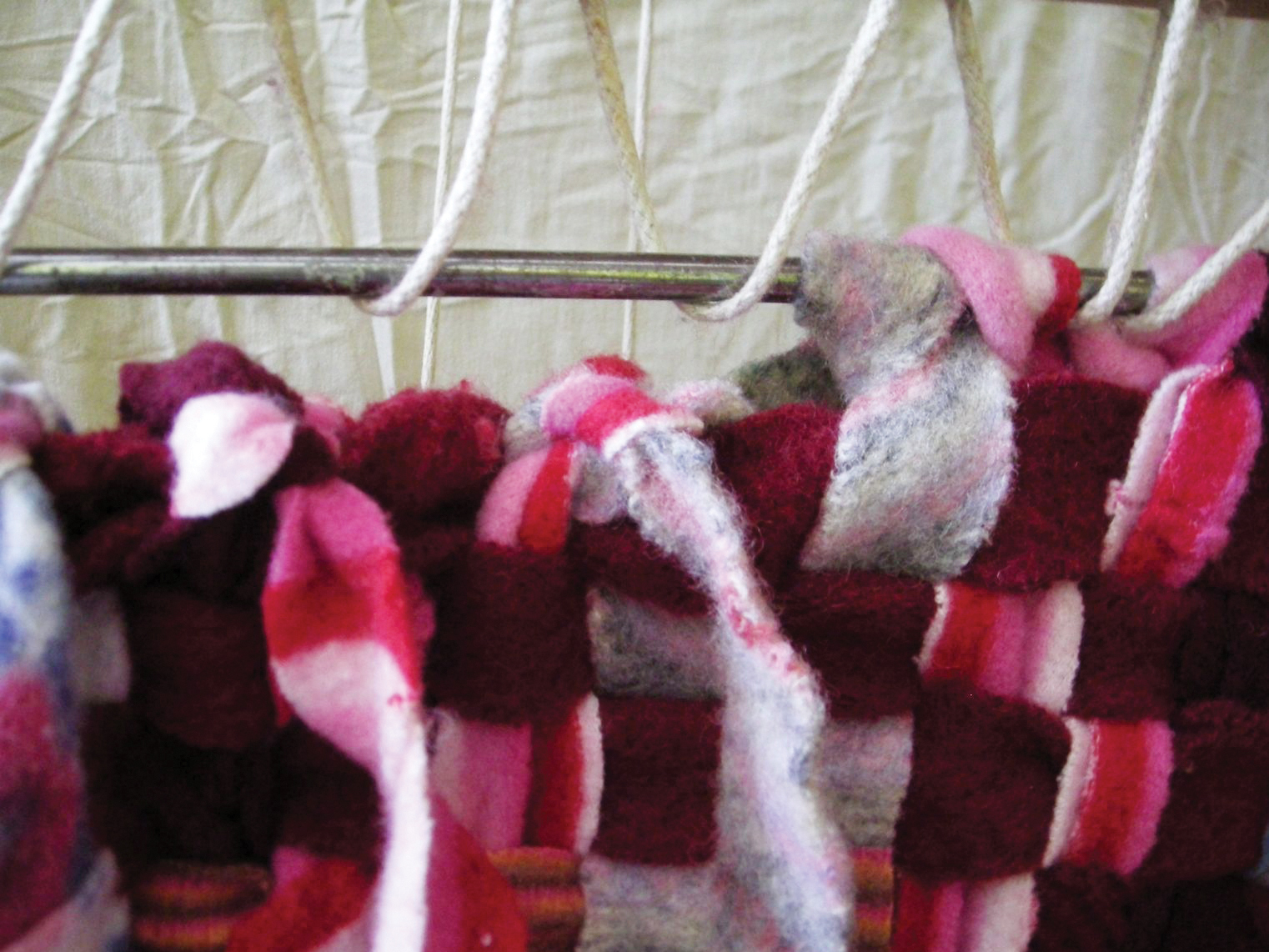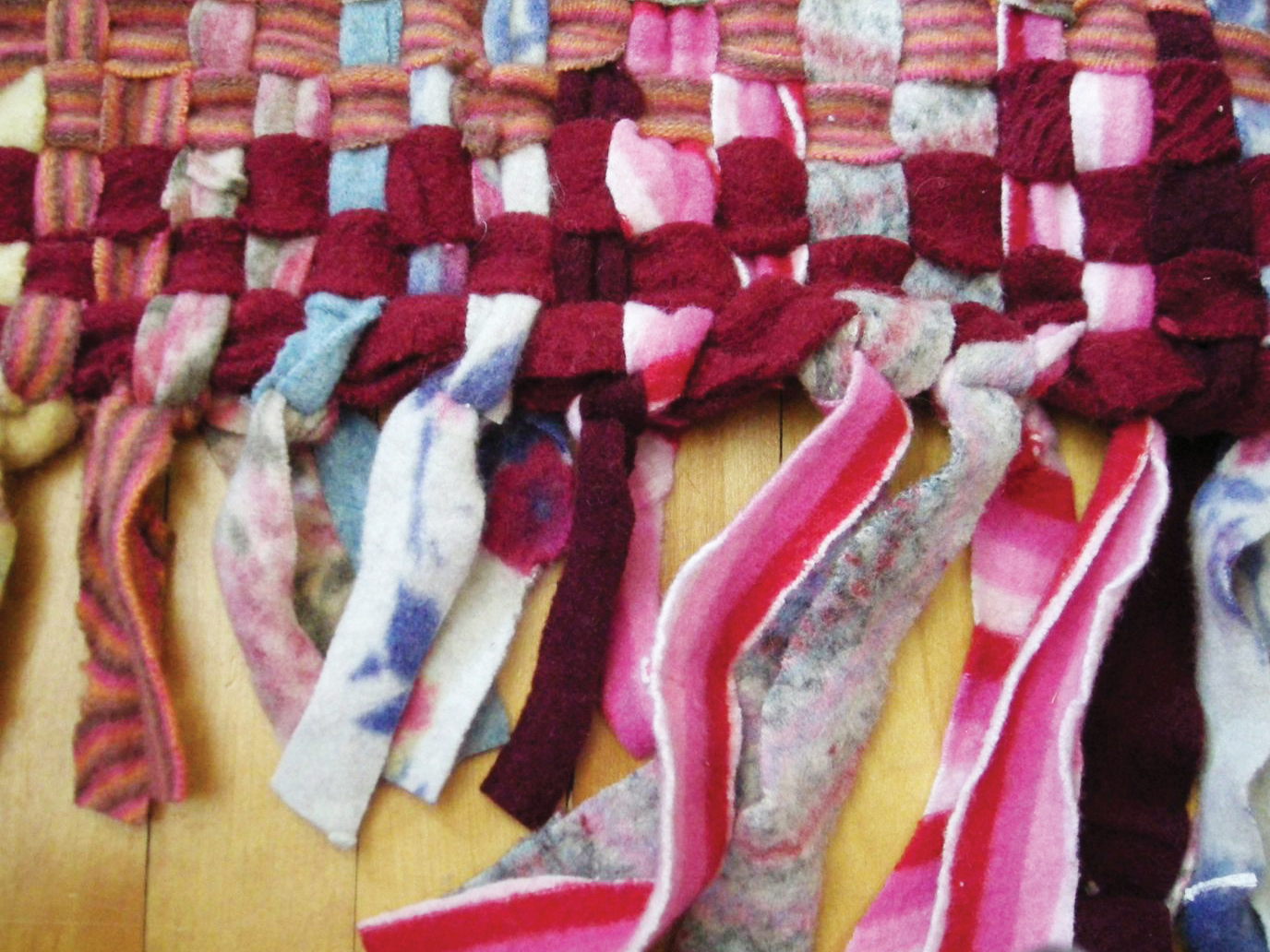Introduction by Wendy Tremayne
I once heard someone refer to a rug as a guest rather than a possession. A home without a carpet does feel lonely. We suspect that even our “guests” have a story to tell. We search them for traces of places, times, and people, for records of beliefs and events.
In Russian folk tales, the writings of Mark Twain, and the classic stories of Arabian Nights, the flying carpet traverses continents. Accompanied by the wind, it carries us through the colors of an ever-changing sky, animate, sturdy, luxurious, and able to deliver dreams.
Peggy Campbell is a modern rug maker. Her rag-rug creations are made from the once-loved sweaters of unknown others. Campbell wanted quality and found it in felted wool. She filled her loom with repurposed woven garments because they were available and they offered a great variety of color. Now she buys them in bulk from a textile supplier who provides reused materials.
From her father, who was a painter, Campbell inherited an appreciation for harmony in hue. Her rugs are a showcase for color. She sees a “blurred line” between art and what is utilitarian. “In the same way a painter puts paint on a canvas, I put colored warp and weft into my rugs,” she says.
Campbell’s home in Terrace Bay, Ontario, Canada, is adorned with her textured works in earthy colors. The lush, soft pieces make all who inhabit the space feel cozy.
Perhaps the magic carpet is hostage to the mythic realm, and not found in Campbell’s living room, but pixie dust can be devised if one follows her mastered method. She invites us to materialize our own colorful world: a woolly nest for a cold room, a playful pad to welcome guests, a soft spot for a loved pet to doze upon, or a sphere of color simply to delight the imagination.



